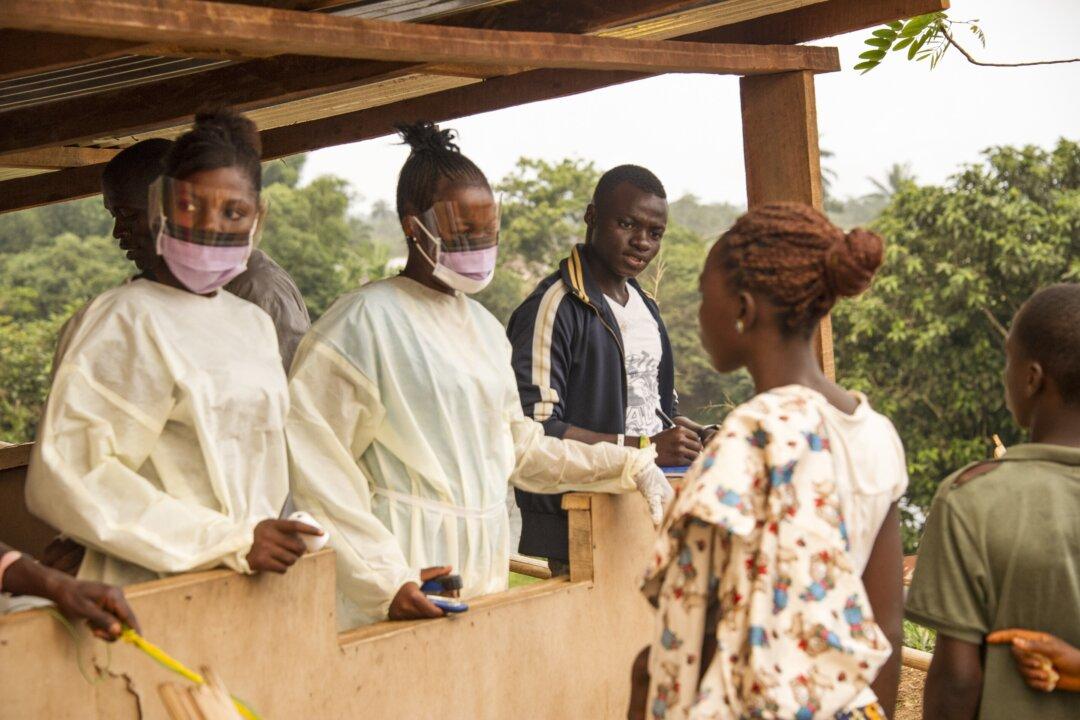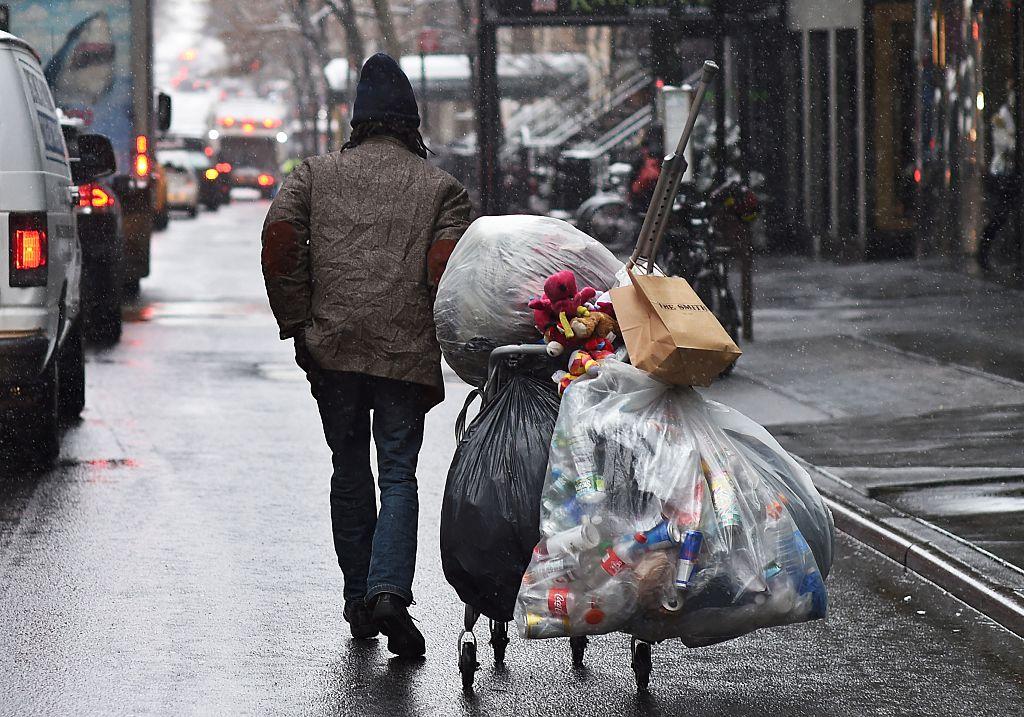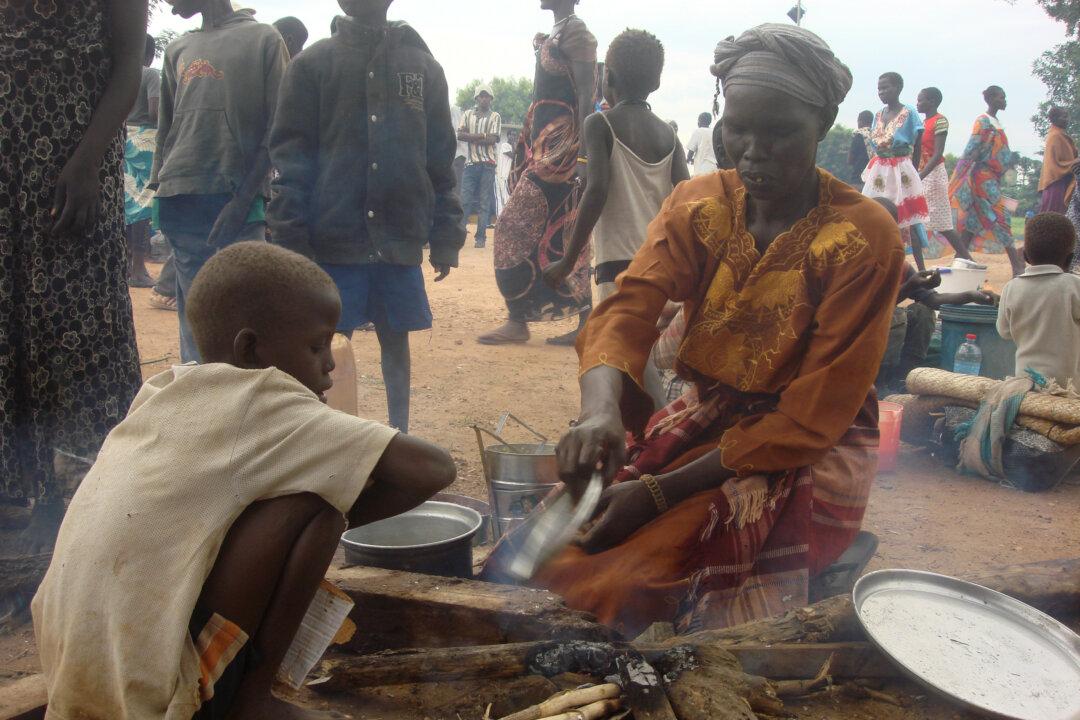As the Ebola outbreak continues claiming victims—albeit at a reduced rate—it is time to reflect on what we have learned so far in dealing with this serious infection. Although its impact is mainly in a relatively reduced geographical area, the fact that a few cases happened in distant countries increases the potential for an expanded outbreak. So far we have learned the following:
1. Health services in some African countries need to be significantly upgraded to manage with a large scale epidemic.
In the course of travels to Africa, I saw firsthand how health services in several countries do not respond to people’s basic needs in spite of substantial funds from abroad. In many cases, significantly improved services thanks to help from foreign nongovernmental organizations (NGOs) and governments quickly deteriorate once they leave the country. Both local governments and foreign donors bear responsibility. The issue of aid effectiveness has sparked some changes, but they need to be deeper and more widely embraced.
2. Foreign aid should focus on strengthening human resources and entities should closely monitor the spending of funds they donate.
Financial aid is important to improve health services in recipient countries, but always complemented by know-how in order to deal effectively with the most urgent problems affecting people in those countries.
3. Speed of response is critical in controlling an epidemic.
One of the factors involved in the initial faulty response to the Ebola epidemic was the belief that this latest outbreak would be contained as were some of previous ones. However, local and international responses, both from the World Health Organization and industrialized countries, were late and inefficient. Rapid response teams, both within or outside the WHO, are critical for this response to be quick and efficient.
4. Special attention to social and cultural factors is critical to prevent the rapid spread of an epidemic.
In the case of Ebola, poorer communities with the most ineffective social and health services were the most affected. Culturally, long-standing traditions that relatives should clean, dress, and bury dead persons, even when they were affected by Ebola, led to the rapid spread of the infection. Safe handling of the remains of Ebola victims is also crucial. A recent study from the U.S. National Institutes of Health showed Ebola can be contracted by people who come into contact with the body of someone who died from the disease up to a week before, a longer period of time than was previously believed.
5. Medical and paramedical personnel who could be in contact with infected persons should be provided with adequate personal protective equipment.
Lives, which could have been saved with adequate protection were lost because of the lack of it. Protective equipment should be used as soon as a causal infectious agent has been identified or merely suspected.
6. Ebola is an ongoing threat.
So far, Ebola has affected nearly 24,000 people and killed almost 10,000, according to WHO statistics. Although the number of cases has leveled off, it is important to emphasize that Ebola is still a serious health threat. Contacts should continue to be traced and new cases and contacts rapidly identified. There is no room for complacency.
7. Education is an indispensable ally in the fight against Ebola.
Education starting at the community level all the way to health care workers is indispensable in stopping the spread of Ebola. Facts about its detection and handling infected contacts as well as the importance of prompt treatment should be clearly understood by all, and appropriate precautions taken.
8. Local doctors and health workers should be involved from the beginning and their opinions taken into consideration.
Ebola starts as a local disease, and local doctors and health workers are better prepared than foreign doctors to deal both with local customs and traditions and with the fears among the population. The best way to approach Ebola is through the common efforts of local doctors and foreign experts.
9. Ebola survivors may also need treatment for other health conditions.
Increasing reports among Ebola survivors point to a wide array of health problems such as impaired vision, musculoskeletal problems, fatigue, and chronic pain. Eye problems top the list of complaints. These conditions, which some physicians are calling the “post-Ebola syndrome,” need further research, according to WHO.
10. Ebola is not necessarily a fatal disease.
According to WHO statistics, 24,000 people in Guinea, Liberia, and Sierra Leone have contracted Ebola since late December 2013, with a few isolated cases in other countries. More than 14,000 are survivors, which indicates that with appropriate care the disease isn’t necessarily fatal, a sign of hope in a dramatic scenario.
Dr. César Chelala is an international consultant who has carried out health-related missions in over 50 countries worldwide.




